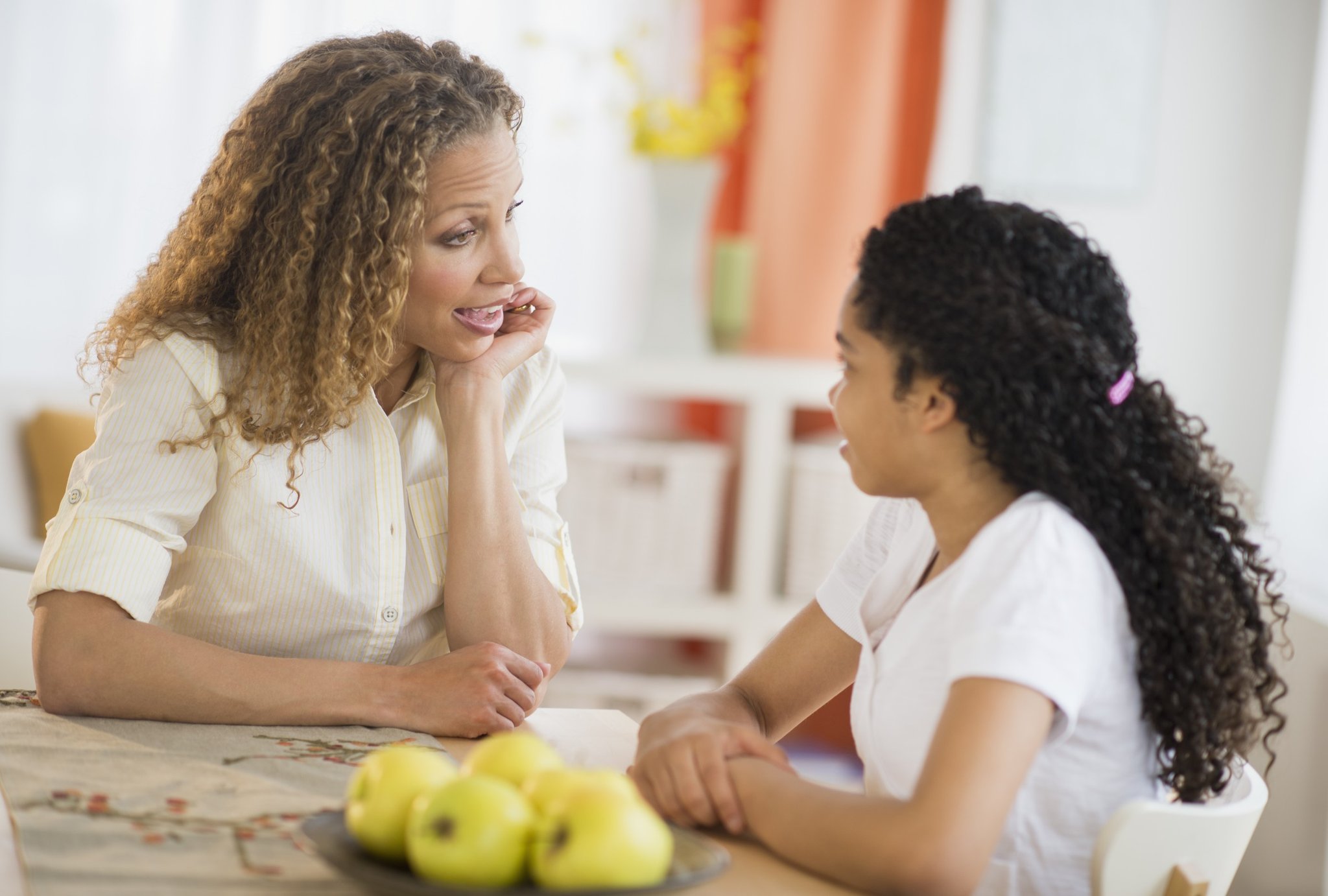Fixing your child bad behavior it’s a real struggle especially if you don’t know where to start from. The first step to help your child change his behavior is to fully understand where the problem starts. Most bad habits are born from aggressiveness and angry and this is your starting point. Since the actions and reactions of your child are connected with his emotions, it’s important to understand that processing the feelings of the child while they are happening is not helping. Children are overwhelmed with emotions which they can not understand or control so by the time they are angry or resentful you are already into a negative situation.
As parents, there are few situations more difficult to manage than a child who is aggressive toward other children. It is embarrassing and often frightening when the child bites, hits, scratches or push children who stand in his way. And this behavior is not rare, especially at young ages. However, when this type of behavior is frequently and seems to be the way of normal react when something does not suit him, it is time for parents to intervene and help him change his approach to the problems faced. It is easy to respond to an aggressive behavior of the child screaming or yelling at him, full of anger, but we must understand that the little one is looking at us as a model of controlling the impulses and emotions.
We’re going to talk about four different aspects of child’s bad behavior:
1. The causes of aggressive behavior in children
2. How to manage and prevent aggressive behavior in children
3. What not to do
4. When aggressiveness is extreme
The causes of aggressive behavior in children
The first step is to understand the reasons which lead the child to choose to react by biting or hitting others.
As parents, the better we understand what the child feels and lives, the more will be able to find the right solutions, non-aggressive, to solve the problems. For children from 1 year and a half to 2 years, it’s very difficult to communicate their needs to the parents or other children on the playground and resort to negative aggressive behavior, to share their wishes.
To the impossibility of communicate their emotions, the desire for independence and lack of controlling their impulses are added. This is a lot to handle. Other causes can include:
– the child is in the midst of a frustrating stressful situation;
– lack of routine;
– over stimulation;
– exhaustion;
– lack of adult supervision;
– child imitate aggressive behavior of other children;
All this is perfectly normal in a certain extent, but that doesn’t mean you have to ignore aggressive behavior, but more appropriate ways of expressing feelings must be open.
In older children, preschoolers 3-6 years old, biting and hitting those around can be the result of not knowing suitable ways to communicate when faced with a problem. We can start by noticing clues that could trigger one of the above cases. Why my child bites and hits? Does he act like that only to certain people or to me too? Negative behavior is a result of frustration, anger or a response to strong emotions? Trigger circumstances of misbehavior keeps repeating the same pattern? It’s behaving in that way when dealing with objects, toys and gets frustrated about their sharing? Or has tantrums when it happens too many around him and is too stimulated? Ultimately, how does he express his aggression? Certainly if you try to answer honestly to this kind of questions you will find some patterns that cause aggressive behavior.
How to manage and prevent aggressive behavior in children
Punishments are not the most effective in stopping aggressive behavior in young children. Logical consequences are the key. They teach your child that every action of theirs has a consequence, either good or bad, and it will help you make better decisions in the future, both on the playground and in other circumstances.
Once you have an idea about the reasons that underlie the aggressive behavior of your child, it is time to intervene:
1. Immediately end the conflict situation
At the first sign that your child is trying to become aggressive remove him from the middle of the action. Try not to give him too much attention otherwise you’ll encourage aggressive behavior. Remember that children underage three can not listen to endless explanations of why they should not behave as they do. A short and firm statement: “We do not bite / strike” should be enough while you focus your attention on the victim.
2. Focus on the victim and ignore the attacker
If your child can not calm down, remove it from the action without getting angry you too. Talk with him after he calms down. If it’s physically impossible to take him from the place where the dispute occurs, then remove the (possible) victim and leave him there. In this way you send the message that you will focus your attention on him when he calms down and the child learns that it’s his responsibility to calm down and act correctly.
3. Lower your voice, don’t raise it
As parents, we must show self-control and use warm words if we want our children to behave in this way. It’s easy to respond by screaming full of anger, but we need to remember that children look for clues by which they can learn how to control their impulses and to refine their actions. One technique that gives good results in the case of some children is to change your tone and volume of voice. You can help them remain calm by calming down your voice while you move on to the protagonists. If he’s unable to calm down, before helping the victim, go back to your child and tell him softly, “I want you to try to calm down. I will help the boy and until I finish here, please stop the screams.” If he manages to do what you’ve proposed, praise him: “Thank you for calming down. We do not bite. Look, the boy is now in pain and upset.” Warns him that if it happens again, you will leave the playground. If your child does not react to this approach and he can not calm himself, leave him where he is (but carefully supervise him from a reasonable distance) and ignore the tantrum. Most children refuse to show off longer without an audience.
4. Teach your child that aggressiveness is a bad thing
It is also important to talk to your child about bullying, especially when he is relaxed and open to discussions. With a warm voice, explain to your child that hitting, biting, and other aggressive behaviors (spit, for example) are wrong and ugly actions.
In the case of smaller kids, 1 year and a half – two years, limit yourself to simple words: “Do not hit! It is wrong”. It will take many repetitions, always using the same words, until our little one understands them.
Older children, 3-7 years, can experience cause and effect situations. In other words, they will want to see how you react to their aggressive exits. It is your duty to find logical and effective consequences. It’s okay to say no to any privilege in the day the child bitten/ kicked/ shoved another child. Immediately abandonment of the playground can also provide maximum efficiency.
5. Tell your child to speak as he can
Often, when children are aggressive, they do it because they miss the communication skills necessary to succeed in frustrating situations. For a young child to hit or bite is much easier. In addition, aggressive behavior often gives the false impression of superiority to play friends. Our role as parents, is to work consistently with the children to teach them the art of diplomacy. When he is about to flare, help him find the words. Teach him to say “No!” Instead hitting, practice some phrases that the child can use in disputes with the children: “No, it’s mine!” “I hate this!” Or “Stop!/ Stop. It hurts”.
6. Recognize your child’s limits
This refers to knowing when to leave a vulnerable situation or choose to distract them with another activity to avoid angry confrontations. If you know that your folk has a “weakness” for a child at the playground, try to avoid that park for 2-3 weeks, until he manages to control his emotions. Or, if he watches some shows, cartoons or plays video games (appropriate for older children) which shakes him, give up on them and see if their behavior improves. Finally, if the midget is exhausted, hungry, tired or over-stimulated, respect his mood and train him in light activities at a slower pace where are less chance of developing aggressiveness. If the child is older, can speak and expresses well, speak openly about the situations that make him angry and look together for a solution to avoid problems next time.
7. Appreciate his efforts
When your child well behaves, praise his efforts. Seek the opportunities when the child acts nice as ways of motivate him to repeat the desired behavior in other circumstances.
We’re coming back soon with the second part of the article, in which we’re gonna talk about What not to do and what to do when aggressiveness is extreme. Stay tuned!


